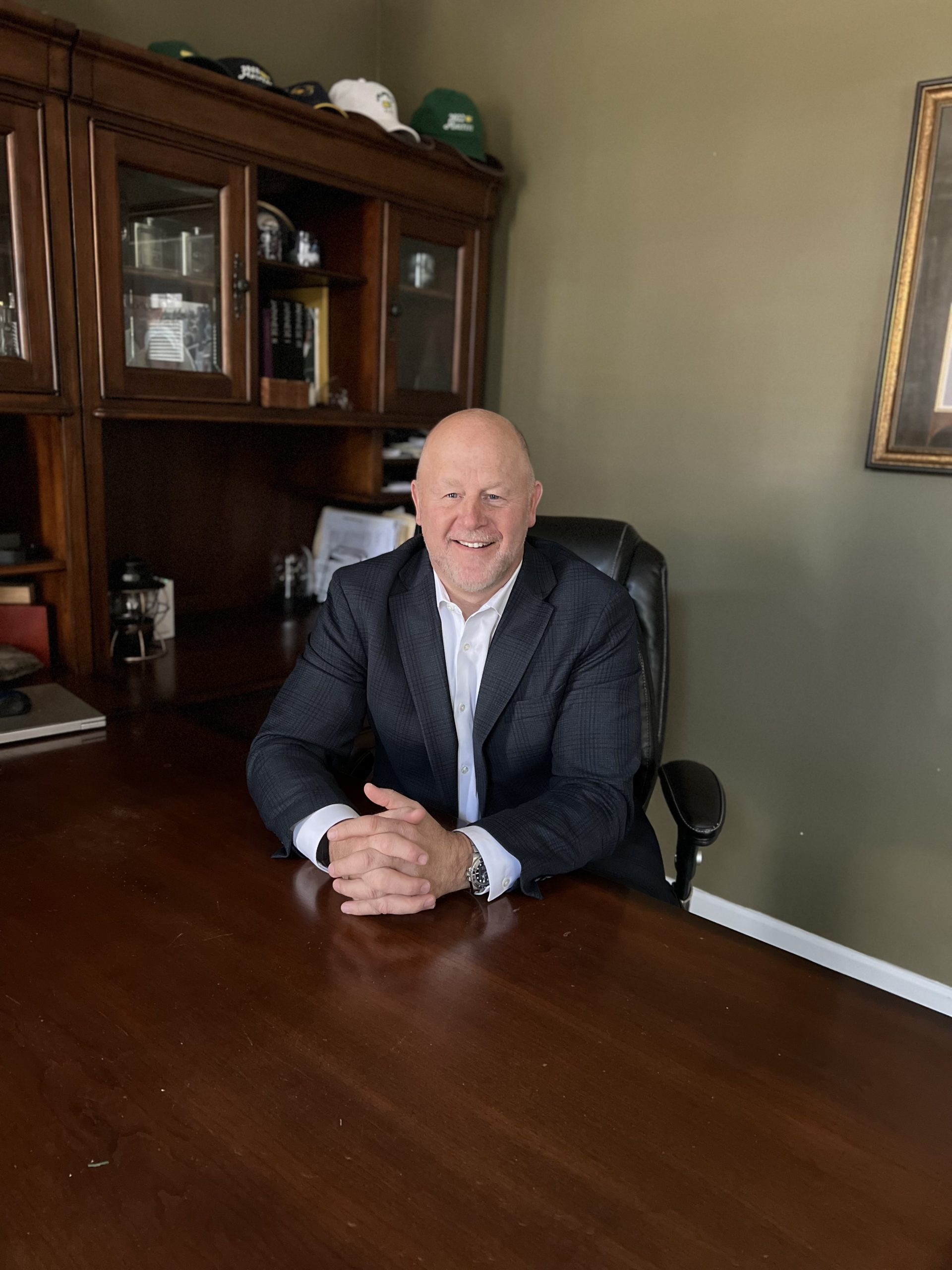
By Jim Nelson | August 29, 2025
At the recent BITAC executive event that focused on casino resorts, Tonya Almallah, the founding principal of AIDT Designs, Inc., led a discussion that covered a lot of ground. Her panelists were Randy Beck, the strategic sourcing director for facilities and horticulture at MGM Resorts; Beth Campbell, an architect/interior designer and CEO of Campbell House; Michael Grisar, senior director, resort …
At the recent BITAC executive event that focused on casino resorts, Tonya Almallah, the founding principal of AIDT Designs, Inc., led a discussion that covered a lot of ground. Her panelists were Randy Beck, the strategic sourcing director for facilities and horticulture at MGM Resorts; Beth Campbell, an architect/interior designer and CEO of Campbell House; Michael Grisar, senior director, resort …




Get involved!
Comments